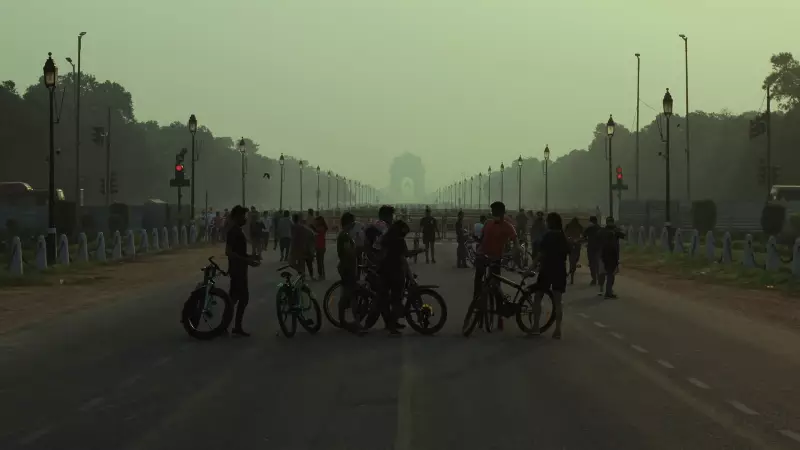
As Delhi continues to gasp for breath under a thick blanket of toxic smog, the finger-pointing game has reached fever pitch. But beyond the political blame game lies a complex cocktail of pollution sources that have turned India's capital into one of the world's most polluted cities.
The Agricultural Angle: Farm Fires Ignite Crisis
The post-monsoon season brings with it an annual environmental catastrophe. Farmers in neighboring states, particularly Punjab and Haryana, resort to stubble burning to quickly clear their fields for the next crop. This agricultural practice contributes significantly to the particulate matter that chokes Delhi's skies every winter.
Urban Pollution: Homegrown Problems Compound the Crisis
While farm fires grab headlines, Delhi's own pollution sources play an equally damaging role:
- Vehicle emissions from millions of cars, trucks, and two-wheelers
- Construction dust from the city's relentless infrastructure projects
- Industrial pollution from factories operating within and around the capital
- Biomass burning for cooking and heating in poorer neighborhoods
Weather Woes: When Nature Turns Against Us
The meteorological conditions during October and November create a perfect storm for pollution accumulation. Low wind speeds, temperature inversion, and high humidity levels trap pollutants close to the ground, transforming Delhi into a giant gas chamber.
Health Emergency: The Human Cost of Toxic Air
The Air Quality Index (AQI) frequently crosses the 'severe' category, posing serious health risks:
- Respiratory illnesses and aggravated asthma
- Increased risk of lung cancer and heart disease
- Eye irritation and skin problems
- Particularly dangerous for children, elderly, and those with pre-existing conditions
The Way Forward: Solutions Beyond Blame Game
Addressing Delhi's air pollution requires a multi-pronged approach that includes promoting alternative farming techniques, strengthening public transportation, enforcing emission norms strictly, and developing a comprehensive regional action plan that involves all stakeholders.
The time for temporary fixes and political posturing is over. Delhi needs sustainable, long-term solutions before the annual air pollution crisis becomes a permanent public health disaster.





